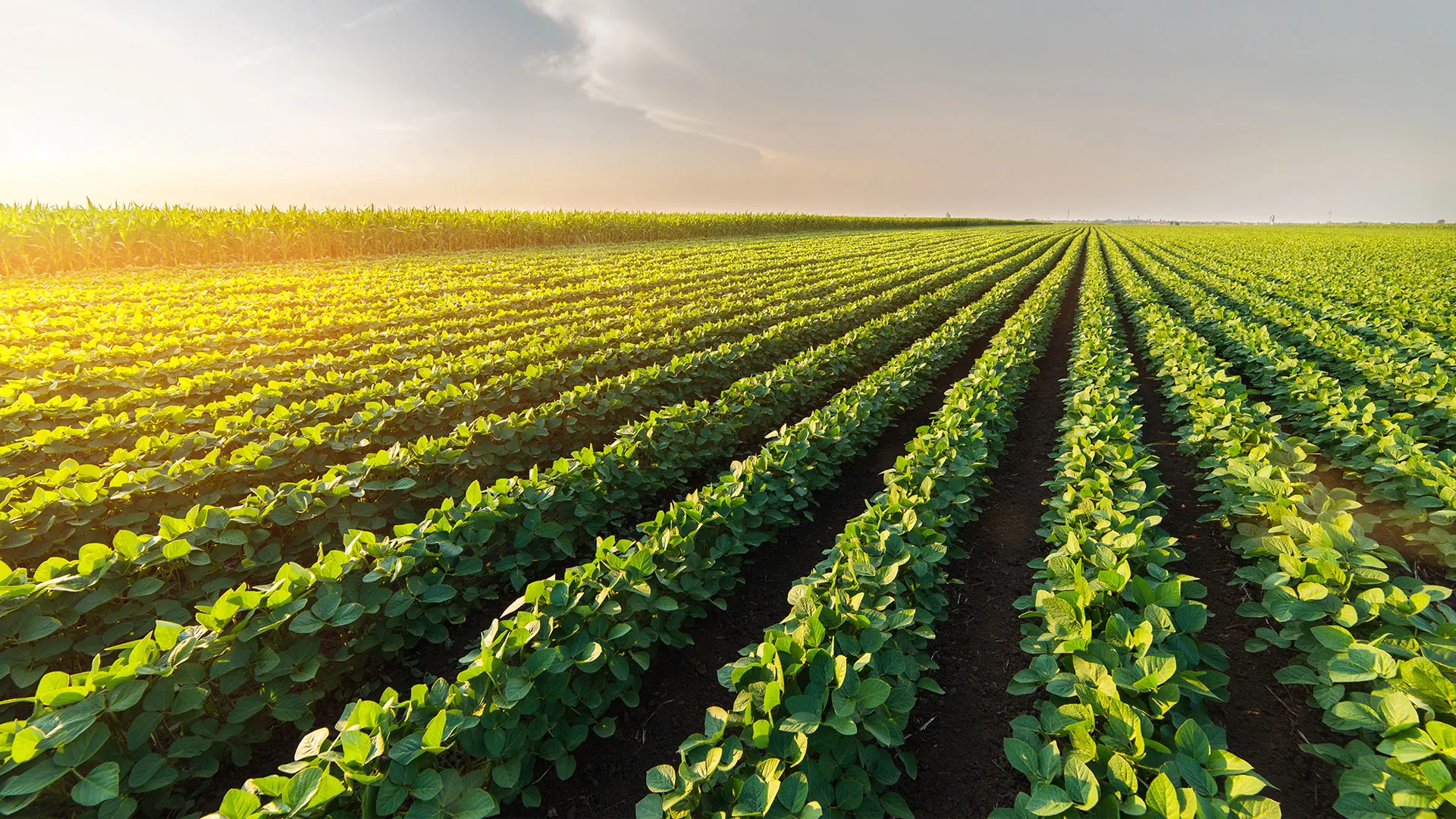

Sterilize soil directly in the field – effortlessly and effectively! This innovative machine roams across fields, injecting clean water vapor into the soil to eliminate invasive alien species (IAS), weeds, or soil-borne diseases, effectively sterilizing the soil and rejuvenating the growing environment. Its mobility allows it to navigate through various terrains, making it perfect for agricultural lands, vineyards, or any outdoor areas plagued by infected soil or substrate.
The solution is here!
Our SoilSteam technology uses water vapor to deep clean the soil completely without the use of chemicals. The way the FieldSaver penetrates the steam into the ground is unique in the world. Not only does this remove nematodes and weed seeds, it also lasts considerably longer than just surface steaming. The result of soilsteaming ? Your crops are saved – completely without chemicals. The FieldSaver converts the soil to become 100% free of biological contamination. The topsoil is of the highest quality and your food production flourishes.
Easy to operate – highly efficient – autonomous
The FieldSaver works! Facts.